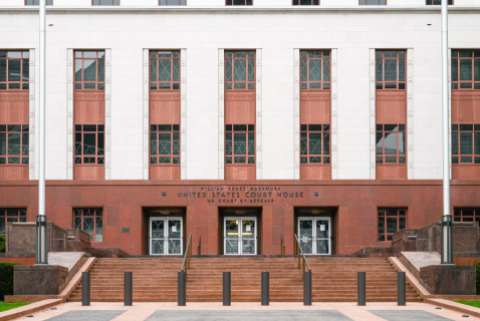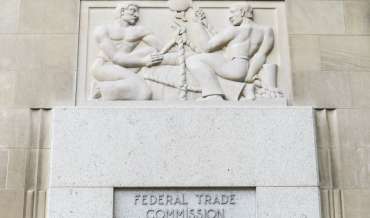The process of Circuit Courts interpreting and applying the Supreme Court’s automatic telephone dialing system (ATDS) definition from the Facebook v. Duguid decision reached another milestone when the notorious Ninth Circuit ruled in Borden v. Efinancial, LLC that the Telephone Consumer Protection Act’s (TCPA) ATDS restrictions should only apply to devices that “generate and dial random or sequential telephone numbers”. Following Facebook, some TCPA defendants had tried to argue that random or sequential number generation in some other part of the dialer's functions beyond generating numbers to be called should constitute random or sequential number generation for the purpose of triggering the TCPA's ATDS restrictions. This decision by the Ninth Circuit bluntly shuts down this argument.
This decision is consistent with how most other Circuit Courts have applied the Facebook decision and squares well with the most straightforward reading of that decision. But it is still a notable precedent due to both the Ninth Circuit’s history regarding the ATDS definition and the states that fall under its jurisdiction.
The Ninth Circuit is the court that greatly expanded the reach of what constitutes an autodialer in its 2018 Marks v. Crunch San Diego decision, leading to massive TCPA class actions and producing a jurisdictional split that was not resolved until SCOTUS’s Facebook decision. It is also the largest Circuit Court and has jurisdiction over approximately 20% of the U.S population, including California. This decision helps to cement the post-Facebook trend in which ATDS claims are no longer the primary form of TCPA complaints. Of course, ATDS claims remain a major source of risk at the state level, particularly in Oklahoma and Florida.





